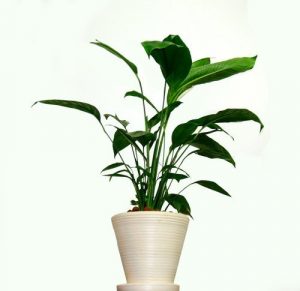Slow Fashion
You might have come across the term “slow fashion” on social media or heard a friend mention it. But do you really know what slow fashion means? Everyone is hash-tagging “slow fashion” on their Instagram fashion posts, but what exactly does the term slow fashion mean?
This fashion blog will look into this trendy topic in the fashion world. You will find some people referring to it as the slow fashion movement, but fundamentally, slow fashion is an ideology propagating a set of principles aimed at improving how we engage with multiple levels of fashion, creating a sustainable and balanced fashion industry while enhancing a healthy product lifestyle.
Slow fashion tends to consciously move away from the excessive consumerism that has been encouraged by fast fashion. To achieve that objective, slow fashion encourages change in consumer behavior and advocates for a sustainable industry that produces high-quality fashion products.
Why Is Everyone Talking About Slow Fashion?
Due to the high rate at which consumerism has been expanding, the industry has witnessed over production of fashion products. This has led to a quality crisis as producers are concerned with the production of quantity to meet the high demand created by the over-consumption at the expense of the quality of the products.
The slow fashion movement offers a solution to the challenges posed by the fast fashion industry. Advocates argue that there is a need to slow down consumerism by reducing the production of fashion apparel. This will, in effect, lead to maximization on quality as produ cers will now focus on offering quality products over quantity, as was the initial case. By sacrificing the high volume turnover, the slow fashion industry will deliver high-quality products while upholding ethical production standards and significantly reducing environmental impact.
cers will now focus on offering quality products over quantity, as was the initial case. By sacrificing the high volume turnover, the slow fashion industry will deliver high-quality products while upholding ethical production standards and significantly reducing environmental impact.
The urgency of Replacing Fast Fashion with Slow Fashion
There is an impending danger on the environment caused by fast fashion habits, and unless the issue of over-consumption is addressed and a systematic relationship with the ecosystem re-established, the consequences will be dire. According to statistics, some of the problems posed by over-consumption include the following:
- Half of the world’s population will be living in areas with no safe drinking water by 2030
- There might be more plastic than fish in the world’s water bodies by 2050
- 30-50% of animal species will be extinct by 2050 due to human activities
- In about 50 years, the world will be running out of resources such as natural gas and oil.
- 2018 was recorded as the fourth hottest year in a period of over 140 years
The crux of all these problems is our ever-increasing over-consumption of the scarcely available natural resources. We, therefore, cannot ignore the issue of sustainability.
At this point, the question is how the fashion industry fits into this picture. This is one of the largest industries globally and has been listed as the world’s largest polluter of the ecosystem, alongside agriculture and the oil industries. Fast fashion companies are aggressive in maximizing profits by using the low-cost and high-volume turnover strategy. They forego quality to focus on producing goods at the lowest cost.


